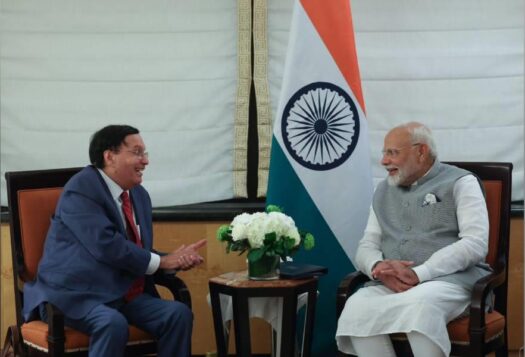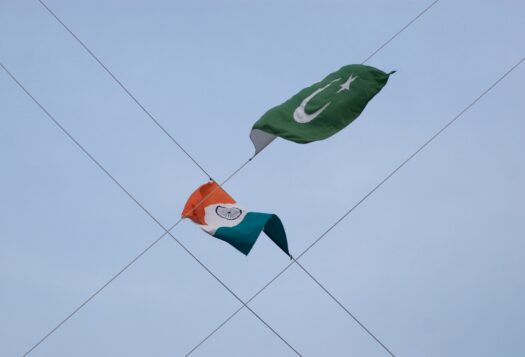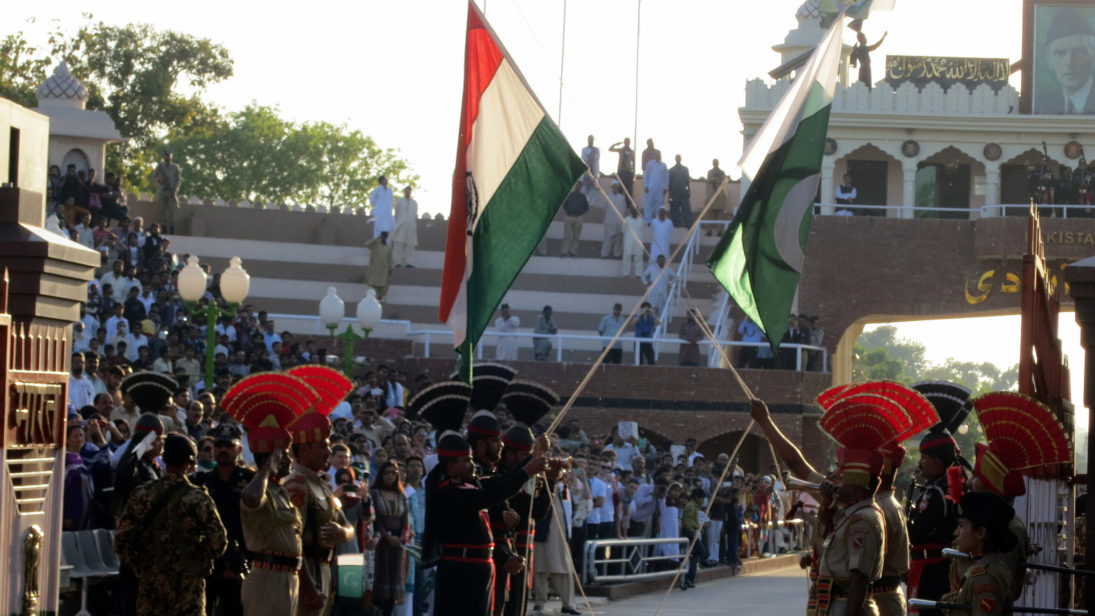
Amidst the regional optimism in South Asia that immediately followed the February 1999 Lahore Declaration, few scholars and analysts of the time would have predicted that its confidence-building measures (CBMs) – foremost among which is a ballistic missile launch pre-notification protocol – would remain the high-water mark for peace efforts in 2018. In the recent South Asian Voices series, “Twenty Years into Nuclear South Asia,” the efforts of the contributors to develop new CBMs are to be welcomed.
Aditi Malhotra is correct to identify the lack of political trust and willingness by either state to take the first step as the key issue in explaining the absence of substantive further progress on CBMs. As such, it is important to evaluate the several excellent bilateral stability proposals, as developed by Rizwana Abbasi, Lubna Abid Ali, and Malhotra, according to their level of current feasibility.
Aditi Malhotra is correct to identify the lack of political trust and willingness by either state to take the first step as the key issue in explaining the absence of substantive further progress on CBMs.
Perhaps the most politically uncontroversial proposal is Malhotra’s suggestion for a new bilateral data-sharing mechanism in the event of a nuclear accident. This would include measures to reconcile potential differing national readings of the level and breadth of radiation released. This protocol would build upon the 2007 bilateral information-sharing Agreement on Reducing the Risk from Accidents Relating to Nuclear Weapons, and also quietly serve as a bridge-building opportunity for the defense and nuclear establishments of both countries.
Malhotra’s recommendation for institutionalizing a nuclear-specific hotline at the National Security Advisor level is also an idea that could be readily implemented in the current context. Such a measure would not significantly disrupt the defense policymaking structures of both states, while still forming a direct channel of private communication between senior decisionmakers. As such, it could expedite the process of securing mutual climbdowns from significant crises.
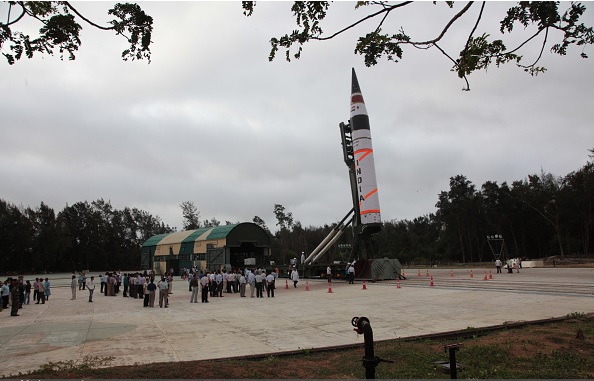
Next comes the suggestion by Abbasi and Ali for initiating bilateral economic dialogue to build economic interdependence. This could potentially dampen future appetites for aggressive diplomatic or military actions, for fear of interrupting growing trade flows. There have already been early efforts made in this regard; India has assigned most-favored-nation (MFN) trading status to Pakistan since 1996, but Pakistan is still to reciprocate. For Abbasi and Ali’s proposal to succeed, Pakistan’s policymakers will need to be persuaded that interdependence does not mean economic dependence upon India. However, Pakistan’s recently improved economic position, due to Chinese infrastructure and investment projects as part of the China-Pakistan Economic Corridor (CPEC), may encourage it to look at expanding economic cooperation with India in a new light. The substantive volumes of Chinese investment in Pakistan’s economy could reduce the “risk” perceived by Pakistani policymakers that expanding trade ties with India could lead to greater Indian economic leverage over Pakistan.
As may be expected, Abbasi and Ali’s proposals for new efforts to limit cross-border terrorism and ceasefire violations, and potentially secure agreement on demilitarizing the Line of Control, begin to enter the realm of tougher CBM prospects. While the recent bilateral agreement to resume adherence to the 2003 ceasefire is to be welcomed, we have seen many false dawns in this area. Indeed, the prospect of Pakistan curtailing or terminating its history of cross-border militant incursions begins to involve it reforming core elements of its traditional security practice.
For true political and strategic stability to be built in Southern Asia, China must be involved as a committed party to many of these proposed measures.
In a similar vein, Malhotra’s suggestion for both states to train official cadres specializing in crisis management is also challenging. This would entail Pakistani policymakers overcoming their tendency to publicly threaten nuclear escalation, in order to compel the United States (and, probably in the next crisis, China), to diplomatically intervene and effectively block any Indian efforts to militarily punish Pakistan. For this proposal to be truly successful, it would have to be foregrounded by American and Chinese warnings to Pakistan that it could not expect such supportive intervention in the event of another crisis stimulated by Pakistan-sponsored militant attacks within India; that Pakistan would truly be on its own. As it re-evaluates its Pakistan policy through the new prism of ensuring the success of CPEC, China may arrive at such a position through its need to strike a new balance between promoting “stable development and prosperity” in Pakistan, and ensuring Pakistan’s continued military nuclear competitiveness with India.
Indeed, for true political and strategic stability to be built in Southern Asia, China must be involved as a committed party to many of these proposed measures. Indian nuclear threat perceptions, and associated force modeling, are partly driven by New Delhi’s assessments of Chinese strategic and nuclear intentions. The Indian nuclear arsenal augmentations that follow from this objective inflame Pakistani threat perceptions, further fueling its own drive for nuclear force expansions.
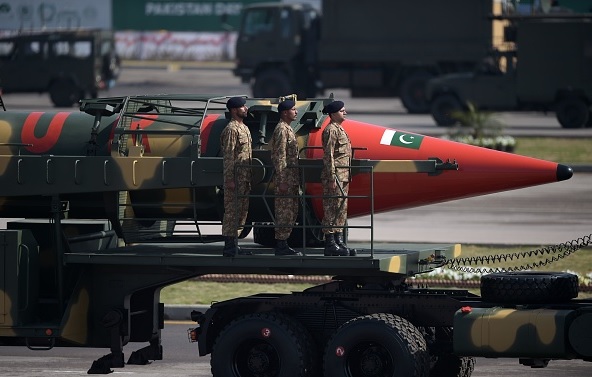
Several of the authors’ recommendations – including the majority of those that are most difficult to foresee emerging in the near-term – are indeed particularly suited for Chinese involvement, and will, arguably, not fully succeed without it. These include discussions on the effects of new technologies on regional deterrence, and on the environmental and humanitarian impacts of nuclear use; initiating a Southern Asian testing moratorium agreement; detailing nuclear targeting intentions and warhead stockpiles; and establishing an institutionalized dialogue on the subject of future potential measures of regional nuclear restraint.
Progress will not occur without the necessary political will from New Delhi, Islamabad, and, increasingly, Beijing.
Only after China’s full integration into these CBMs will the most challenging of these proposals become realistic prospects. In this most difficult category sits Abbasi and Ali’s suggested slowdown in fissile material production, along with full separation of civilian and military nuclear facilities in preparation for joint Indian and Pakistani NSG membership. Only true nuclear transparency from China will render the first measure feasible, as India’s nuclear force posturing and fissile material production calculations are partly influenced by those of China, and these Indian actions in turn inform Pakistan’s calculus. The implication of joint support between New Delhi and Islamabad for mutual NSG membership, which underlays the second proposal, will also only emerge from a truly transformed India-Pakistan relationship.
These two articles have offered innovative ideas to recapture the spirit of the Lahore Declaration and stabilize the India-Pakistan nuclear rivalry. Together, they form a reasonable roadmap toward this objective. However, progress will not occur without the necessary political will from New Delhi, Islamabad, and, increasingly, Beijing. We can only hope that similar conclusions will not be drawn for the fortieth anniversary of the 1998 tests.
Editor’s Note: South Asian Voices (SAV) endeavors to ensure its contributors are influencing policy debates in India, Pakistan, and the United States. To this end, our feature Experts Ki Rai periodically has experienced South Asia specialists weigh-in on contributors’ analysis, in the hope of continuing to advance meaningful dialogue on the subcontinent and beyond. In this edition of Experts ki Rai, Frank O’Donnell of the Stimson Center responds to SAV’s series “Twenty Years into Nuclear South Asia: Where Do We Go From Here?” Read the series here.
***
Image 1: Stefan Krasowski via Flickr
Image 2: Pallav Bagla/Corbis via Getty Images
Image 3: Aamir Qureshi/AFP via Getty Images
